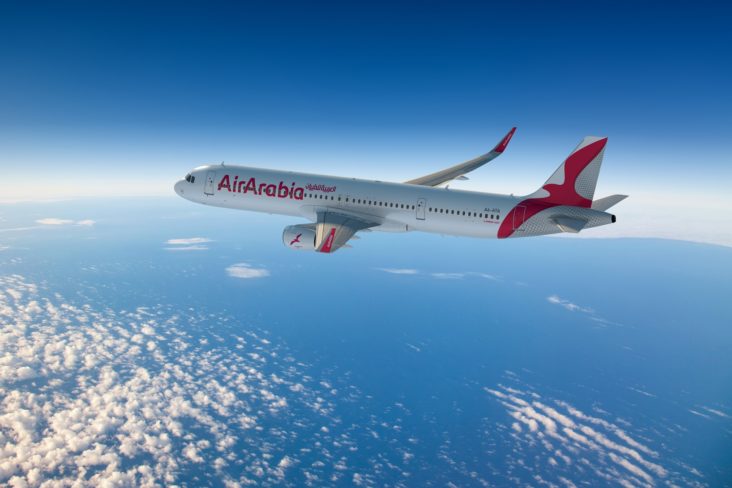Air Arabia Posts Solid Third Quarter Net Profit Of AED 209 Million

Air Arabia (PJSC), the Middle East and North Africa’s first and largest low-cost carrier operator, today announced strong financial results for the third quarter of this year ending September 30, 2021, despite the lasting impact of COVID-19 pandemic on the performance of the aviation industry.
Air Arabia registered a strong net profit of AED 209 million for the three months ending September 30, 2021; an increase of 575 per cent compared to the same period last year, which was heavily impacted by COVID-19 pandemic restrictions on air travel. The company’s turnover for the third quarter of 2021 increased by 174 per cent to AED 804 billion, compared to AED 294 million in the corresponding period last year.
Air Arabia served over 1.9 million passengers in the third quarter from its five hubs in the UAE, Morocco and Egypt, an increase of 190 per cent compared to the number of passengers carried in the same quarter last year. The average seat load factor – or passengers carried as a percentage of available seats – for the same quarter stood at an average of 70 per cent.
The operational and financial results achieved in the third quarter of this year signals a steady recovery that the industry witnessed and was driven by the ease of travel restrictions and the demand for air travel. This is the fourth consecutive profitable quarter that Air Arabia managed to register since the pandemic hit the aviation industry.
Air Arabia also reported a strong set of results for the first nine months ending September 30, 2021; registering a net profit of AED 253 million; a 219 per cent increase compared to the same period last year. The company’s turnover for the first nine months of 2021 exceeded AED 1.8 billion, an increase of 42 per cent compared to the corresponding period last year. Air Arabia served over 4.2 million passengers from all its five hubs in the first nine months of 2021, an increase of 34 per cent compared to the same period of 2020. The average seat load factor – or passengers carried as a percentage of available seats – for the same period stood at an impressive 80 per cent.
Sheikh Abdullah Bin Mohamed Al Thani, Chairman of Air Arabia said: “Air Arabia’s solid performance in the third quarter of this year is a testament to the strength of the business model we operate and the customer appeal for our value driven product”. He added: “While we continue to operate under the impact of COVID-19 pandemic on the aviation industry, we are glad that Air Arabia has returned to double digit growth. This performance is supported by the gradual resumption of operations witnessed this year, especially in the third quarter, as well as the cost control measures adopted by the management team since the start of the pandemic”.
He continued: “We are confident that the gradual ease on travel restrictions and resumption of operations will continue to help the industry in its path towards recovery. Aviation is at the center of global mobility and continues to play a key role in the wider economic recovery”.
During the first nine months of the year, Air Arabia added43new routes to its global network from its hubs in the UAE, Morocco, and Egypt. In September, Air Arabia Group signed an agreement with Lakson Group, one of Pakistan’s leading business conglomerates, to launch a new low-cost airline based in Pakistan. Earlier in July, Air Arabia Group also announced the signing of an agreement with The Armenian National Interests Fund (ANIF) to launch Armenia’s national airline “Fly Arna”. The carrier also partnered with Etihad Guest, the loyalty program of Etihad Airways to allow members of both schemes to benefit from reciprocal points and miles transfers.
Al Thani concluded: “While air travel volatility at current times remains a reality, we are confident of the global efforts made in this regard and hopeful that the steady recovery witnessed in the third quarter continues. Nonetheless, Air Arabia remains committed to providing customers with the world’s best value driven air travel while focusing on operational efficiency and cost control.”

